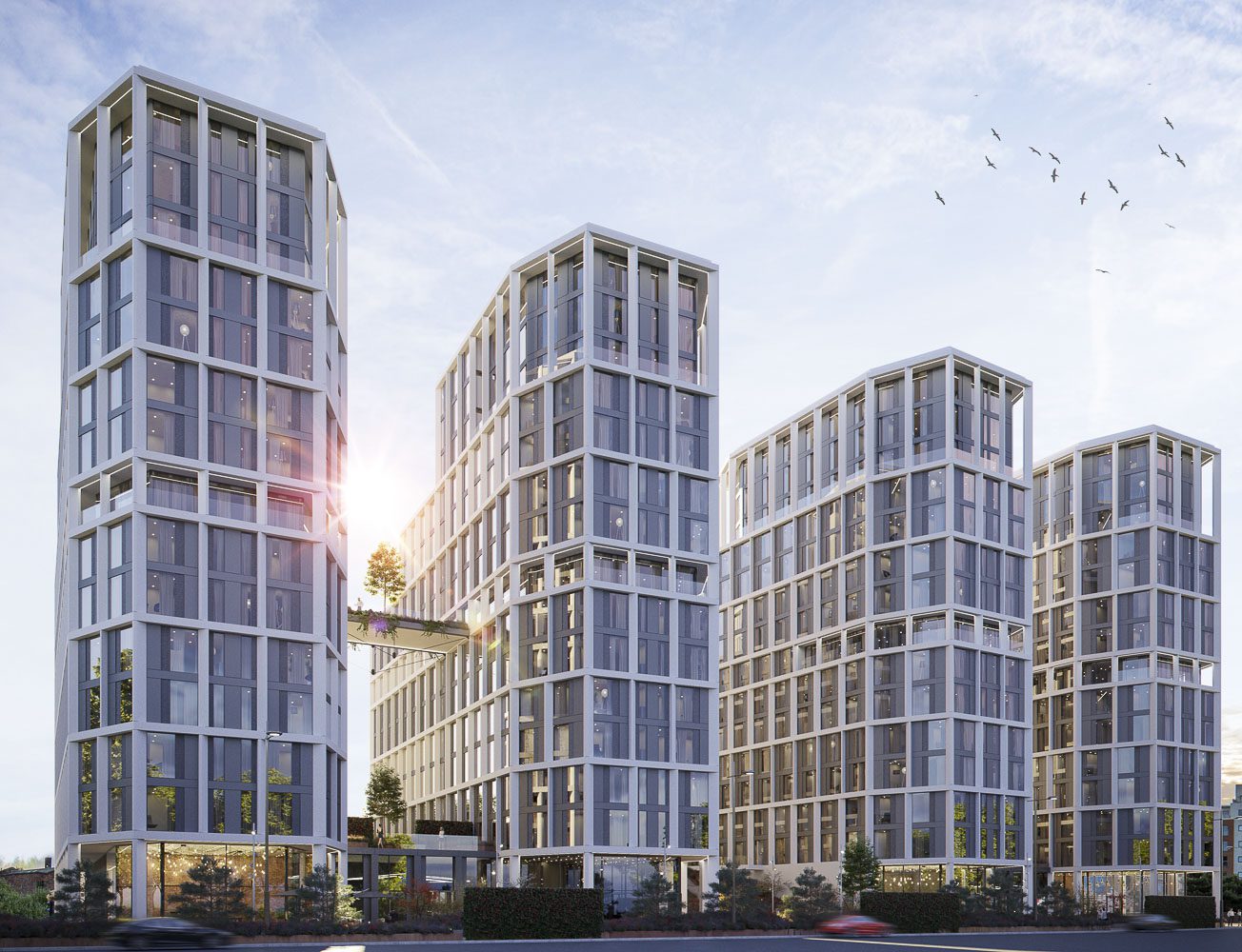Flats
Buyer preferences have shifted away from spacious homes, leading to rapid price increases for flats this year.
In February, annual growth reached 2.7%, with prices rising by £4,290 over the past year. Scotland saw the most robust growth, with flat prices rising by 5.9% (£6,489) to £116,477. Only Yorkshire and Humberside saw a decrease in flat prices, falling by -2.9%.
Nationally, flat prices remain 11.9% (£17,349) above pre-pandemic levels, with the East Midlands showing the most significant gains (18.7%, £20,923).
Terraced Houses
The preference for smaller homes extends to houses, as evidenced by the 2.6% (£5,643) growth in the average price paid for terraced properties over the last year, reaching £224,173.
The North East experienced the highest annual increase in terraced house prices, rising by 7.6% (£8,938).
In the longer term, the average price for terraced homes has increased by 20.5% (£38,090) over the last four years.
Semi-Detached & Detached Houses
As demand for larger properties decreases, semi-detached houses have seen weak annual growth, rising by 1.7% (£4,797) over the last year to an average price of £295,199.
The North East saw the largest increase, up 5.9% (£10,381). However, prices fell in Eastern England (-1.3%), Greater London (-1.2%), and the South East (-0.8%). Since March 2020, prices for semi-detached homes have still risen by 21.4% (£51,950).
Detached houses saw an annual growth of 2.0% (£8,853), with Yorkshire and Humberside recording the largest increase at 5.0% (£17,300). Detached homes maintain the largest increase in average price over the last four years, up 23.9% (£87,034).
Discover More: Learn how to buy more than one property with our page on buying a second home to rent.






